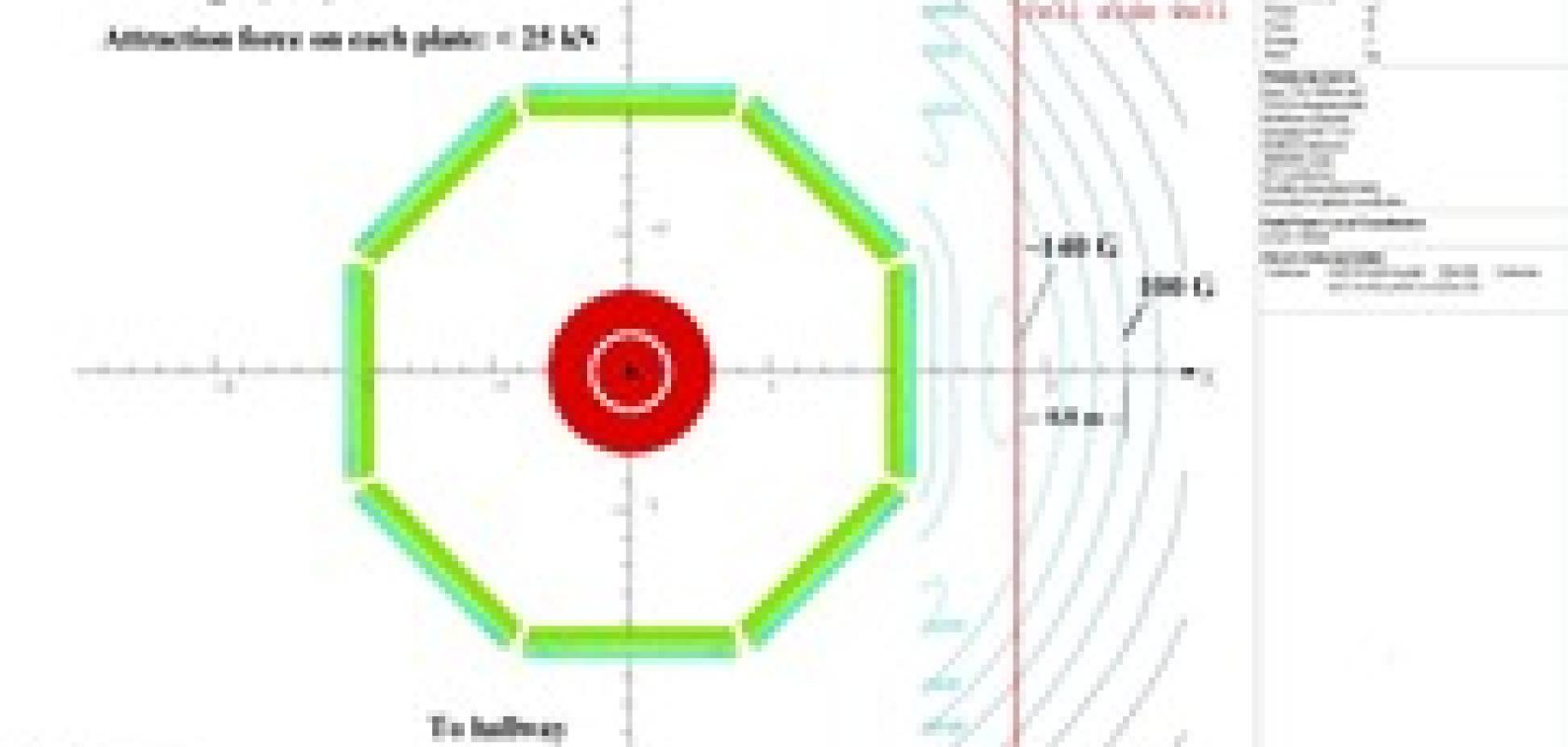Cobham Technical Services’ Opera 3D electromagnetic field simulator is playing a role in the design of a hybrid magnet being developed by the USA’s National High Magnetic Field Laboratory (NHMFL) in Tallahassee, Florida.
Headquartered in a 370,000-square-foot complex at Florida State University, the NHMFL – popularly known as the MagLab – is home to some of the largest and most powerful laboratory magnets in the world and provides scientists and engineers with a unique environment in which to conduct experiments involving very high energy magnetic fields.
Many of the innovative magnets used at the MagLab are designed and built on-site by the facility’s Magnet Science and Technology group. One of the latest additions, currently early in its construction, is a Series-Connected Hybrid (SCH), designed to provide unprecedented power efficiency and field homogeneity. With development of this resistive-superconducting hybrid being funded by an $11.7 million grant from the US National Science Foundation, the magnet will be used for research purposes in high field nuclear magnetic resonance (NMR), condensed matter physics, biology and chemistry.
The Opera-3D electromagnetic simulator from Cobham Technical Services was used to aid the design of the SCH magnet and its shielding, which is provided by a set of eight magnetically soft, 100 mm thick iron plates which form an octagonal wall around the entire magnet system. The magnetic properties of these shields were characterised by a B-H curve, obtained by using Opera 3D.
‘We chose to use Opera v12.0 to evaluate the 3D magnetic field uniformity and fringe fields of the SCH because the simulator is accurate and fast,’ commented Iain Dixon, research associate at the Magnet Science and Technology division. ‘The inner coils of the SCH are of Florida-Bitter type with essentially non-uniform current densities. To emulate this, we subdivided each coil into a large number of radially thin coils with uniform current densities, and the whole coil system was generated by use of an external program called by Opera from command line.’
Opera 3D has also been used for a variety of other performance-related studies on the SCH, including evaluating the magnetic fields around the magnet’s HTS (high temperature superconductor) vapour-cooled leads, and calculating eddy currents in the thermal radiation shields surrounding the superconducting coil. In the latter case, these calculations are of critical importance; during fast discharge of the magnet – such as in the case of a quench – eddy currents can exert large mechanical forces on the shields, and they therefore need to be accurately simulated for safety.
MagLab is already involved in two further variations of the SCH. One is under construction and destined for the Helmholtz Zentrum Berlin where it will be used for neutron-scattering experiments. The other in design is for the Spallation Neutron Source at the Oak Ridge National Laboratory in Tennessee.


